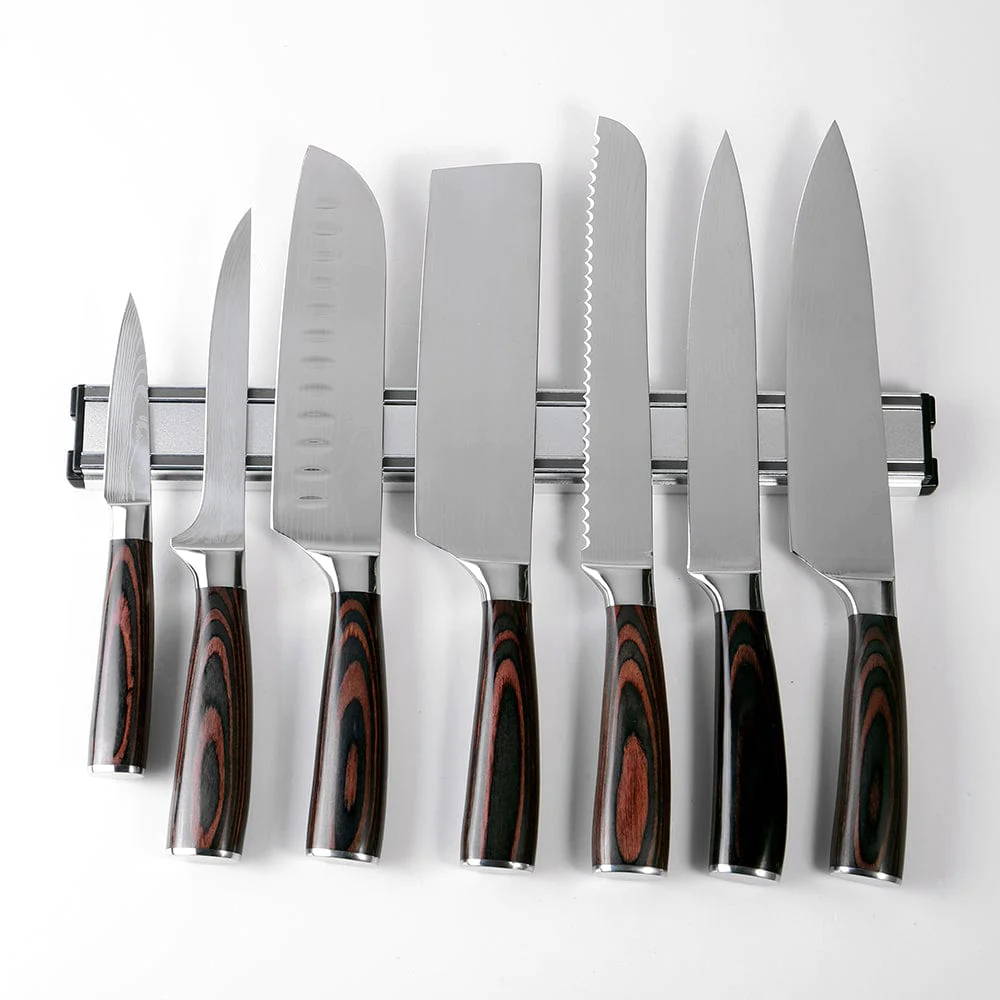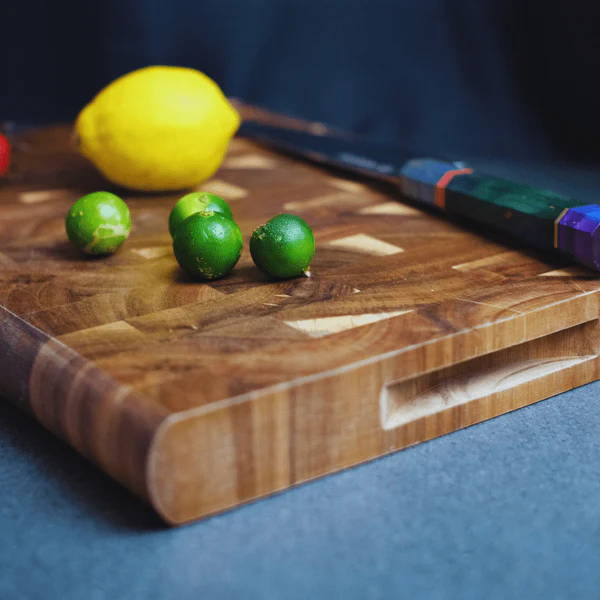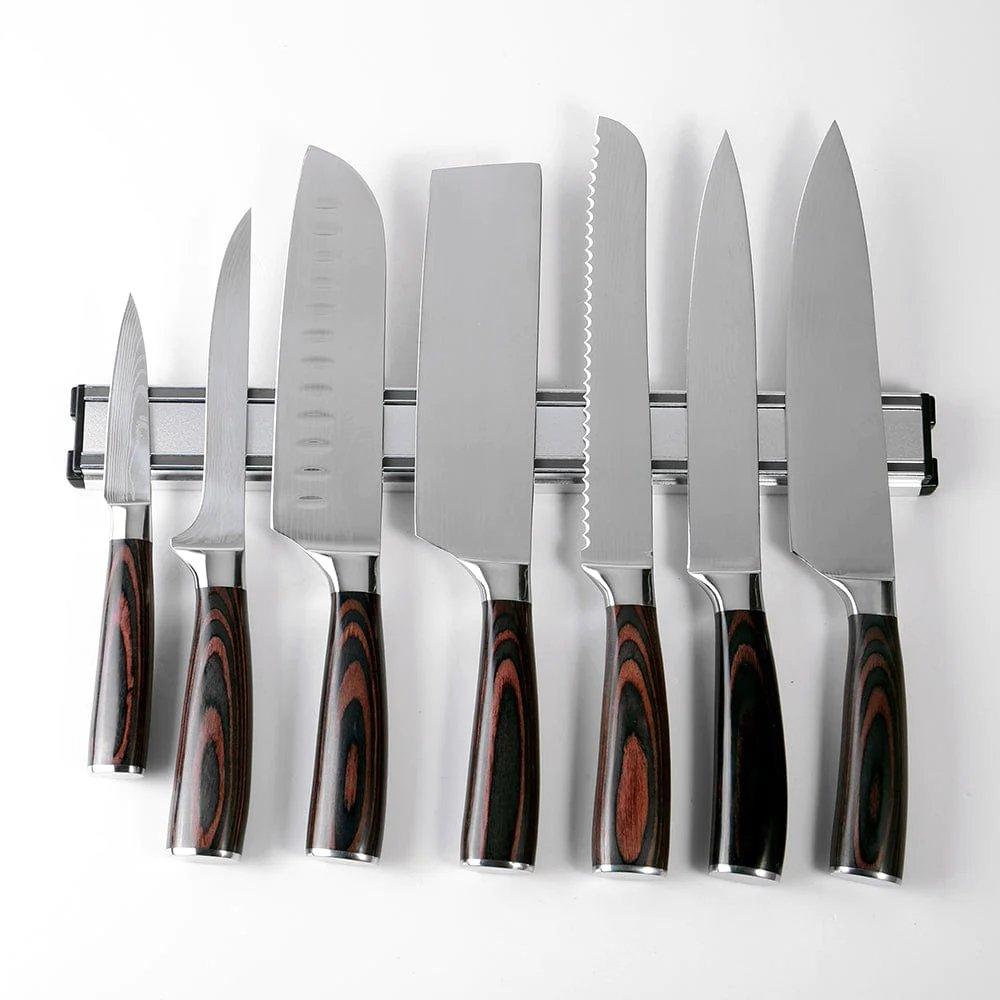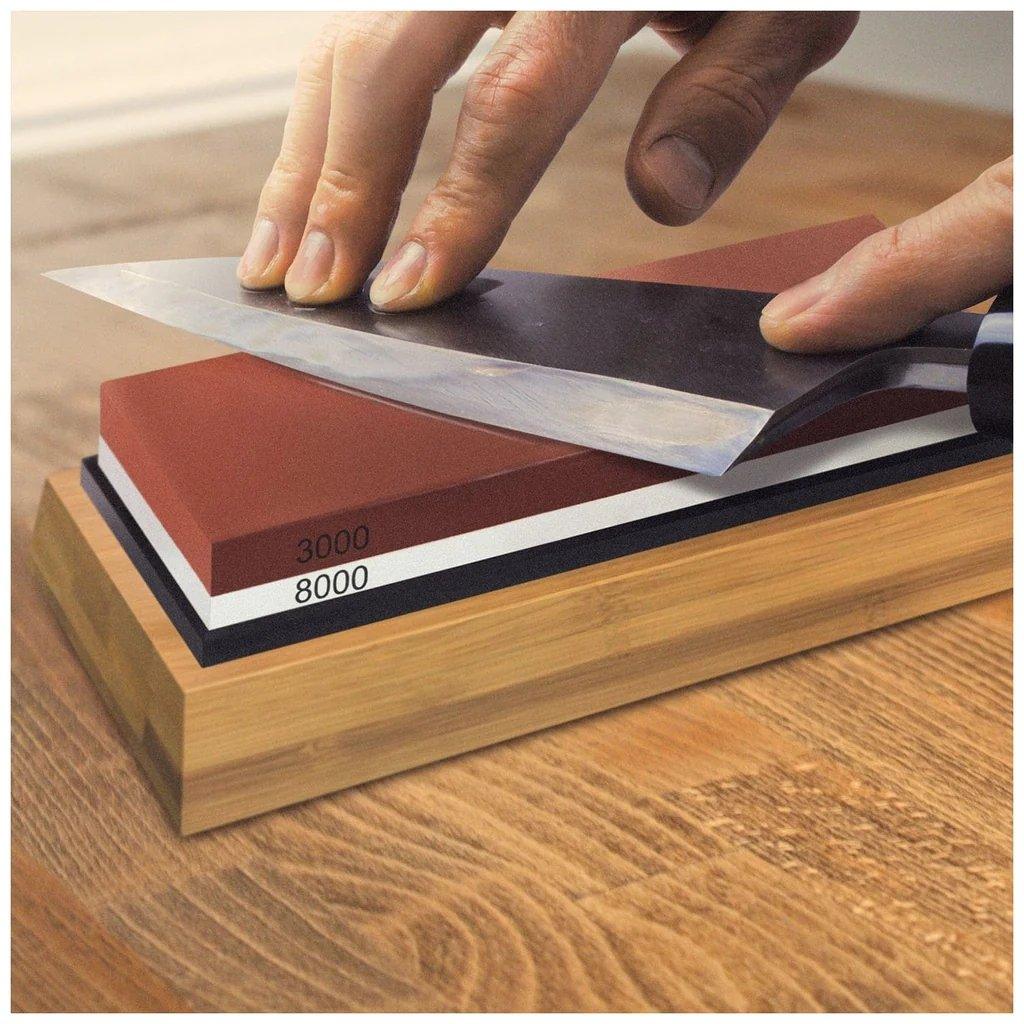The Ultimate Guide
to Kitchen Knife Safety

Tips to Safeguard Your Knives

4. Avoid using your knives for anything except cooking tasks: Another crucial element to ensure the safety of knives in the kitchen is to ensure their usage for their intended purpose –cutting. Avoid using your knives for tasks such as opening cans or packages, as this can damage the blade and compromise its safety and effectiveness.
Tips to Ensure Safety while Performing Cutting Tasks

4. Keep Handle Dry and Clean: Handling knives safely in the kitchen requires the handle to be dry and clean for a firm grip and slippage prevention. Moisture or food residue on the handle can compromise your control of the knife, potentially leading to accidents. After cutting moist or oily foods, washing and thoroughly drying the knife handle is especially important. By doing so, you can ensure that your grip remains secure.



Leave a comment
This site is protected by hCaptcha and the hCaptcha Privacy Policy and Terms of Service apply.